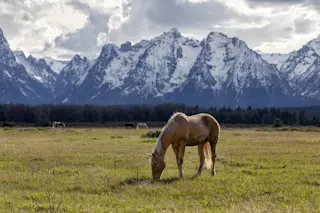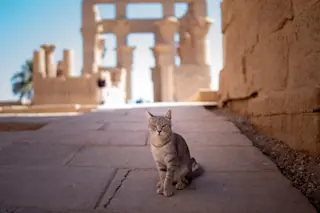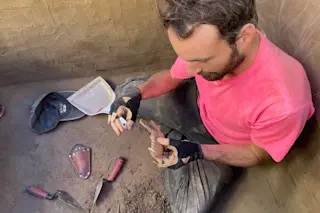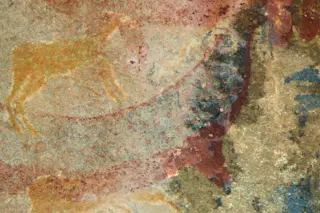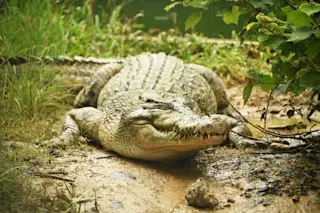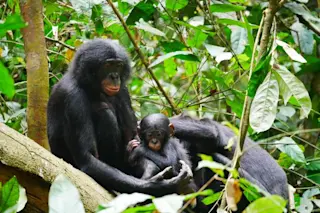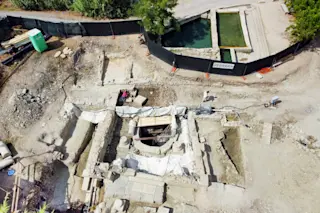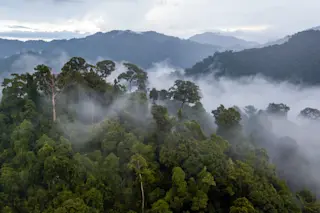One day in the late Eocene, a jaguar prowled through a bamboo thicket on the Caribbean island of Hispaniola. As the cat padded by, several seeds snagged onto its fur with their tiny hooks, a dispersal trick that often carried the seeds to fertile ground. This time, however, their free ride ended in a pool of resin, and immortality of a sort. Irritated by the seeds’ spiky hooks, the cat rubbed against the trunk of a Hymenaea tree, a great resin producer of the American and African tropics. A wound in the tree’s bark oozed a puddle of the sticky stuff, and by chance the cat left a tuft of fur and one of the annoying grass seeds in the goo. Later, another flow of resin spilled over the fur and seed, sealing both in what would prove to be one of nature’s ultimate time capsules.
Tens of millions of ...



